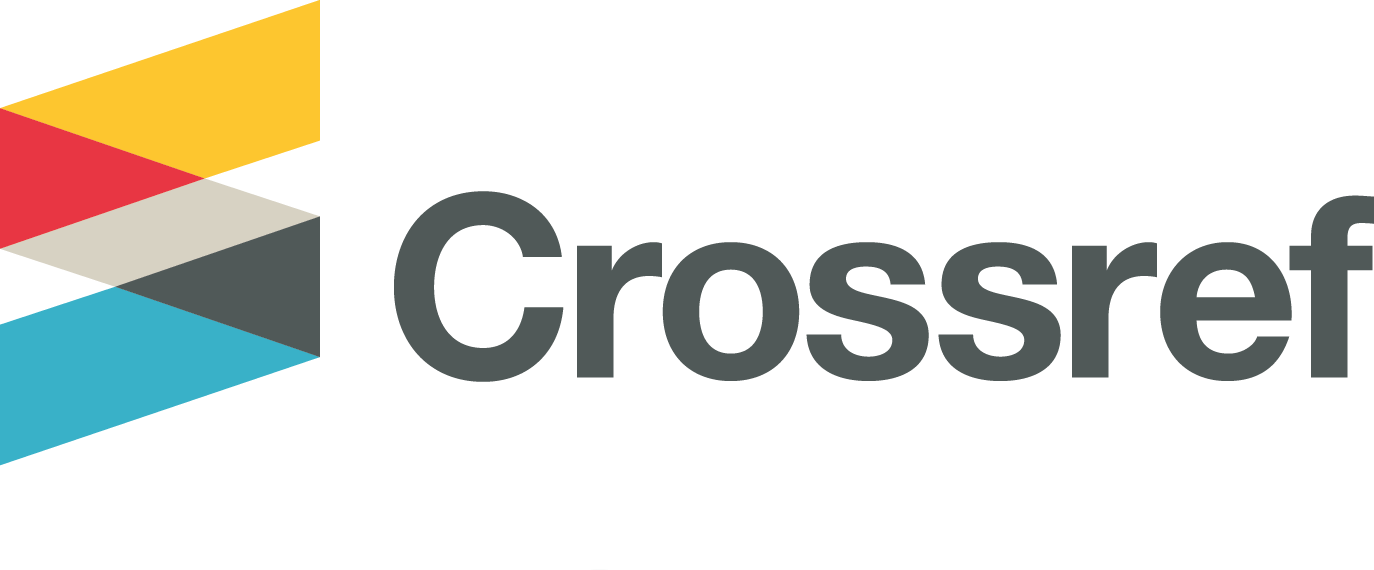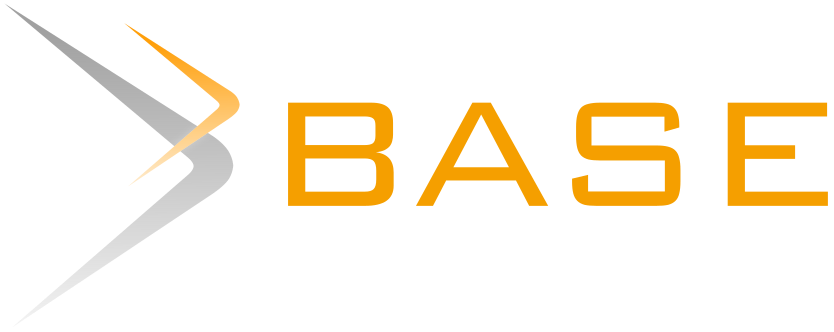DISC Based Leadership Training For Middle Management Employees
Abstract
Karyawan dalam kategori manajemen menengah memerlukan keterampilan kepemimpinan untuk membawa tim mencapai tujuan organisasi. Adapun PT.X yang berlokasi di Jakarta membutuhkan pelatihan terkait gaya kepemimpinan untuk karyawan-karyawannya yang berada pada posisi manajemen menengah. Kegiatan pengabdian ini bertujuan untuk mengedukasi gaya kepemimpinan karyawan manajemen menengah dengan model DISC. Mitra dari kegiatan pengabdian ini adalah PT.X yang berlokasi di Jakarta Utara. Kegiatan pengabdian dilaksanakan dalam 3 tahap. Tahap pertama, pelaksana dan mitra berdiskusi agar dapat mempersiapkan materi sesuai dengan kebutuhan mitra. Tahap kedua, kegiatan pengabdian dilaksanakan dengan metode workshop dan pelatihan kepada 30 orang. Tahap kedua dilaksanakan dalam dua sesi, yakni sesi pertama peserta mendapatkan assessment kepribadian DISC dan penjelasan profil masing-msaing, dan pada sesi kedua peserta mendapatkan penjelasan gaya kepemimpinan berdasarkan DISC serta melakukan simulasi dan studi kasus. Tahap ketiga, kegiatan dievaluasi sesuai dengan masukan dari peserta melalui pengisian kuesioner. Berdasarkan evaluasi dari peserta, kegiatan pengabdian mendapatkan skor rata-rata di atas 3,72 (skala 1-4) untuk semua indikator, yakni edukatif, objektif, akuntabel, dan transparan. Hal ini menandakan bahwa peserta mendapatkan manfaat dari materi, materi dapat menjawab masalah, materi yang diberikan saat pengabdian jelas dan mudah dipahami, serta peserta merasa dilibatkan secara aktif.
Keywords
Full Text:
FULL TEXTReferences
Ahmad, A., Yuliadi, I., & Pribadi, F. (2021). Disc Personality Model and Leadership Style in Hospital. Jurnal Aisyah : Jurnal Ilmu Kesehatan, 6, 261–266. https://doi.org/10.30604/jika.v6is1.990
Ancarani, A., Arcidiacono, F., Di Mauro, C., & Giammanco, M. D. (2021). Promoting work engagement in public administrations: the role of middle managers’ leadership. Public Management Review, 23(8), 1234–1263. https://doi.org/10.1080/14719037.2020.1763072
Artina, B. S., Desnasari, D., Fitriyah, F., & Rizkita, R. G. (2020). The Workforce in Indonesian Organizations: An Analysis Based Upon the Cultural Dimensions of Hofstede’s Model. Journal of International Conference Proceedings, 3(1), 56–64. https://doi.org/10.32535/jicp.v2i4.780
Benlahcene, A., & Meddour, H. (2023). How Poor Leadership Skills Elicit Unethical Behavior: Evidence from Public Organizations. Jurnal Studi Pemerintahan, November, 409–422. https://doi.org/10.18196/jgp.v13i3.16136
Benmira, S., & Agboola, M. (2021). Evolution of leadership theory. BMJ Leader, 5(1), 3–5. https://doi.org/10.1136/leader-2020-000296
Bormasa, M. F. (2022). Kepemimpinan Dan Efektivitas Kerja. Pena Persada.
Chandra, Y., & Wibowo Widhianto, C. (2023). The Influence of Leadership Style and Work Motivation On Job Engagement Mediated By Job Satisfaction. Jurnal Indonesia Sosial Sains, 4(11), 1196–1210. https://doi.org/10.59141/jiss.v4i11.929
Chaplin-Cheyne, T. (2021). the Limitations of Transformational Leadership. Scope, 2021(10), 170–174. https://doi.org/10.34074/scop.4010023
Eisenberg, J., Post, C., & DiTomaso, N. (2019). Team Dispersion and Performance: The Role of Team Communication and Transformational Leadership. Small Group Research, 50(3), 348–380. https://doi.org/10.1177/1046496419827376
Emblemsvåg, M. S., & Emblemsvåg, J. (2023). How Bad Leaders Can Drive Out Good Leaders. Journal of Leadership Studies, 17(3), 5–26. https://doi.org/10.1002/jls.21864
Fuqua, R. M., & Bryan, J. (2017). The Psychology of Leadership Selection: DiSC Results and Leadership Success in Health Care. Advances in Social Sciences Research Journal, 4(10). https://doi.org/10.14738/assrj.410.3136
Garvin, G., & Winata, W. B. (2017). Peran Gaya Kepemimpinan Transformasional Dan Transaksional Terhadap Keterikatan Kerja (Studi Pada Karyawan Universitas X). Psibernetika, 9(1), 37–53. https://doi.org/10.30813/psibernetika.v9i1.476
Harding, N., Lee, H., & Ford, J. (2014). Who is ‘the middle manager’? Human Relations, 67(10), 1213–1237. https://doi.org/10.1177/0018726713516654
Hartung, P. (2020). The Impact of Self-Awareness on Leadership Behavior. Journal of Applied Leadership and Management, 8(2), 1–21. https://journal-alm.org/article/view/21067
Hofstede, G. (2011). Dimensionalizing Cultures. Online Readings in Psychology and Culture, 2(1), 1–26.
Isgunandar, I., Mulyani, I., & Niswaty, R. (2022). The Effect of Democratic Leadership Style on Employee Performance at PDpark Makassar Raya. Pinisi Journal of Education and Management, 1(2), 213. https://doi.org/10.26858/pjoem.v1i2.41735
Korejan, M., & Shahbazi, H. (2016). An analysis of the transformational leadership theory. Journal of Fundamental and Applied Sciences, 8(3), 452. https://doi.org/10.4314/jfas.v8i3s.192
Lee, Y., & Kim, J. (2021). Cultivating employee creativity through strategic internal communication: The role of leadership, symmetry, and feedback seeking behaviors. Public Relations Review, 47(1), 101998. https://doi.org/10.1016/j.pubrev.2020.101998
Maisyura, Aisyah, T., & Nur Ilham, R. (2022). Transformational leadership In organizational redesign. Jurnal Ekonomi, 11(3), 478–488.
Masen, E., Hedlund, D., & Tingle, J. K. (2022). Digital Commons @ Trinity The Use of DISC Behavioral Profiling and Training : An Innovative Pedagogical Strategy to Enhance Learning and Future Career Opportunities in Sport Management and Sport Coaching Higher Education Classrooms The Use of DISC Behavio. 1, 82–103.
Patapan, H. (2017). Democratic Leadership. Islam beyond Conflict: Indonesian Islam and Western Political Theory, January 2019, 65–75. https://doi.org/10.4324/9781315251769-17
Pierre, D. E., & Okstad, J. (2021). Utilizing leadership assessment tools in graduate education. New Directions for Student Leadership, 2021(170), 87–95. https://doi.org/10.1002/yd.20445
Popa, R. E., & Ben, Z. (2022). How Can Emotional Intelligence / Mindfulness / Disc Types , And Physiological Data Help with Stress Management for Technical Leaders ? Journal of Business Studies Quarterly, 12(1), 1–16.
Sabino, L. R., Reis Neto, M. T., Morais, G. M., & Santos, V. F. dos. (2021). Leadership, Communication, and Resistance Influence Organizational Performance. Latin American Business Review, 22(3), 265–286. https://doi.org/10.1080/10978526.2021.1897469
Saputra, R. J., & Dahlan, K. S. S. (2024). Factors that Affect Work Attachment Mediated by the Perception of Organizational Support in Mining Companies PT. XYZ. Interdiciplinary Journal and Hummanity (INJURITY), 3(8), 519–528. https://doi.org/10.58631/injurity.v3i8.230
Sarabi Asiabar, A., Kafaei Mehr, M. H., Arabloo, J., & Safari, H. (2020). Leadership effectiveness of hospital managers in Iran: a qualitative study. Leadership in Health Services, 33(1), 43–55. https://doi.org/10.1108/LHS-04-2019-0020
Setiawan, A. (2025). Democratic Leadership and Its Role in Enhancing Community Participation in Village Development : A Case Study of Jatimulya Village , Majalengka. 2(1), 83–92.
Slowikowski, M. K. (2005). Using the DISC behavioral instrument to guide leadership and communication. AORN Journal, 82(5). https://doi.org/10.1016/S0001-2092(06)60276-7
Sneath, K. N. (2021). Strengthening and transforming non-profits with leadership profiles and assessments. New Directions for Student Leadership, 2021(170), 97–107. https://doi.org/10.1002/yd.20446
Thompson, R., Patterson, N., Mavin, and S., & Corlett, S. (2024). Learning from poor leadership practice. Management Learning, X. https://doi.org/10.1177/13505076241296005
Thu, S., & Widhianto, C. W. (2023). Analysis of the Effect of Leadership Style, Financial Rewards and Work Environment on Turnover Intention Mediated by Job Satisfaction (Empirical Study: Private Bank Jakarta Employees). Asian Journal of Social and Humanities, 2(2), 1752–1767. https://doi.org/10.59888/ajosh.v2i2.166
Wang, J., van Woerkom, M., Breevaart, K., Bakker, A. B., & Xu, S. (2023). Strengths-based leadership and employee work engagement: A multi-source study. Journal of Vocational Behavior, 142(June 2022), 103859. https://doi.org/10.1016/j.jvb.2023.103859
Westover, J. H. (2024). When Leadership Fails: Red Flags to Watch For. Leadership Review, 15(3). https://doi.org/doi.org/10.70175/hclreview.2020.15.3.3
Wolor, C. W., Nurkhin, A., & Citriadin, Y. (2021). Leadership style for millennial generation, five leadership theories, systematic literature review. Quality - Access to Success, 22(184), 105–110. https://doi.org/10.47750/QAS/22.184.13
Yang, Q., & Zhu, X. (2022). Based on the leadership style of different companies to analyze the advantages and disadvantages of different management styles. BCP Business & Management, 31, 508–512. https://doi.org/10.54691/bcpbm.v31i.2670
Zhu, J., Zhang, B., Xie, M., & Cao, Q. (2022). Digital Leadership and Employee Creativity: The Role of Employee Job Crafting and Person-Organization Fit. Frontiers in Psychology, 13(May), 1–12. https://doi.org/10.3389/fpsyg.2022.827057
DOI: http://dx.doi.org/10.30872/plakat.v7i1.19403
Refbacks
- There are currently no refbacks.
Copyright (c) 2025 Garvin

This work is licensed under a Creative Commons Attribution-ShareAlike 4.0 International License.
Plakat : Jurnal Pelayanan Kepada Masyarakat Published by Faculty of Social and Political Siences, University of Mulawarman, Samarinda, East Kalimantan and This work is licensed under a Creative Commons Attribution-ShareAlike 4.0 International License.
________________________________________________
Plakat : Jurnal Pelayanan Kepada Masyarakat
Faculty of Social and Political Siences, University of Mulawarman
Jl. Muara Muntai Kampus Gn. Kelua Samarinda 75411
Phone: +62 813 35350368
E-Mail: plakat@fisip.unmul.ac.id

















